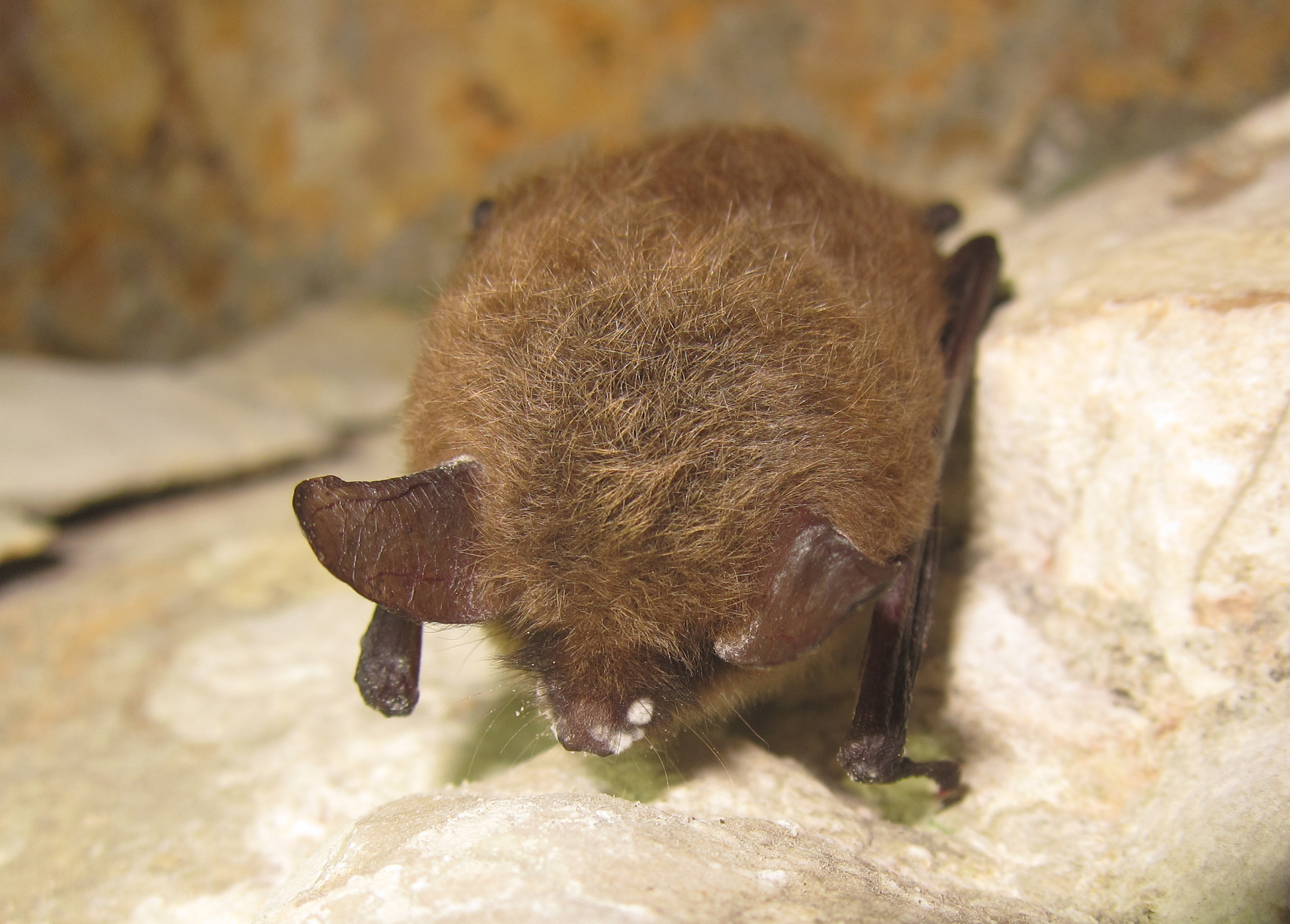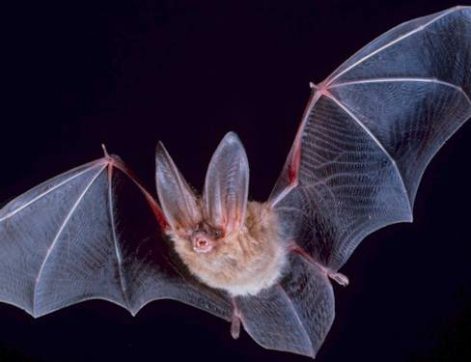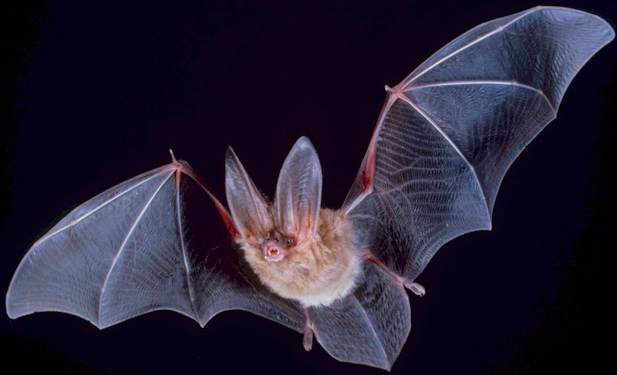Usually bats fly under the radar (no pun intended). However, the Northern Long-Eared Bat was recently listed as a threatened species by the US Fish and Wildlife Service due to a quick-spreading fungal disease, White Nose Syndrome. Discovered in 2007, the disease has caused unprecedented mortality of the Northern Long Eared Bat across the United States and Canada.

Myotis septentrionalis, northern myotis (Vespertilionidae) showing signs of White Nose Syndrome (WNS). LaSalle County, Illinois. January 2013 Photo credit: University of Illinois/Steve Taylor
Bats play an important role in the ecosystem by controlling insect populations, so protection of a threatened species is understandable and justified. But our clients and colleagues should recognize that this recent threatened species listing could affect their construction and development projects. This listing is of particular concern for projects where federal funding or permitting is required. Schedules may also be impacted, as the removal of one acre or more of trees from a development site will be prohibited during the months of June and July. While this species of bats reside in caves throughout the winter, they move their habitat to trees during the summer months. Because the Northern Long Eared Bat will live in any tree species, projects that involve tree removal may be an obstacle for permitting.
For project specific questions and more information, please visit the U.S. Fish and Wildlife Service’s webpage about the Northern Long-Eared Bat and the consequent regulations here.
Thanks to Lauren Hastings, Senior Environmental Scientist at Pare for bringing this issue to Pare’s attention!



